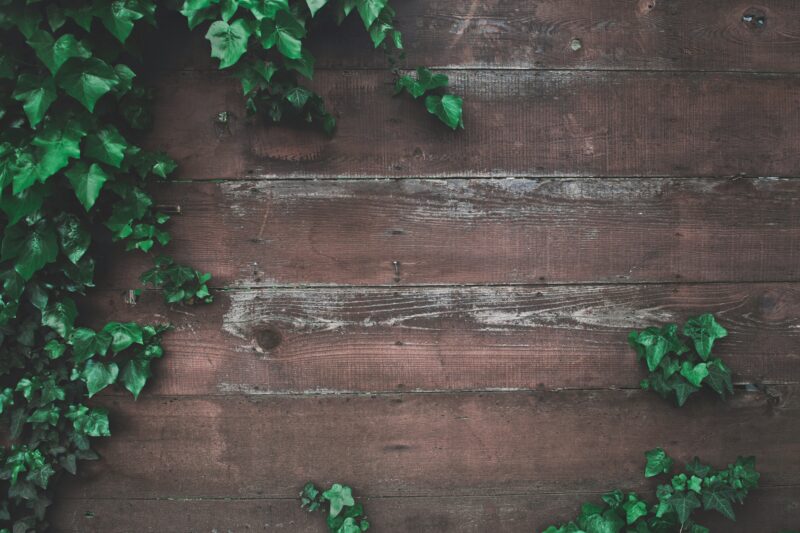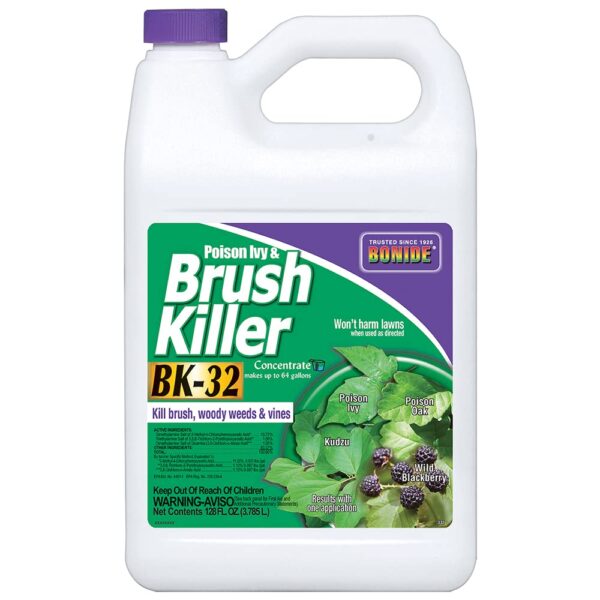Poison ivy can take over your backyard like an unwelcome houseguest who refuses to leave. If you’ve been considering bleach as a quick fix, it’s time to weigh the facts. While bleach might seem like a low-cost, no-fuss option, the solution isn’t as clear-cut as you might hope. Let’s explore its effectiveness, environmental implications, and whether you should opt for other approaches.
The short answer: Yes, bleach can kill poison ivy plants, but it’s not an ideal solution. Reports suggest that spraying undiluted bleach on poison ivy can have an immediate impact. After just 10 minutes post-spray, signs of distress start to show—the leaves wilt and discolor. Within two days, visible damage escalates, making the plant appear lifeless.
Why does this work? Bleach, being highly alkaline, breaks down plant tissues. It’s basically a chemical burn for greenery. But here’s the catch: while the top part of the plant might die off, bleach doesn’t effectively kill the roots. Poison ivy is a stubborn perennial, meaning the plant can bounce back unless the root system is completely removed.
Before grabbing a jug of bleach, consider its environmental impact. While bleach is often cited as becoming harmless after it dries, spraying it on poison ivy is not risk-free. Spraying bare patches of soil could disrupt the surrounding plant life or affect beneficial insects. If you’re working near waterways, runoff from bleach can harm aquatic systems.
For those looking to reduce their chemical footprint, this method might not align with greener gardening practices.

Killing poison ivy effectively and responsibly often involves thinking beyond bleach. Here are some superior alternatives to consider:
Here’s a quick comparison of methods:
| Method | Effectiveness | Environmental Impact |
|---|---|---|
| Bleach Spray | Short-term, may regrow | Moderate to High |
| Manual Removal | Highly effective | Low |
| DIY Vinegar Spray | Effective on leaves | Low |
It’s crucial to note that bleach should not be used on your skin to treat poison ivy rashes—it can irritate your skin further. If you’ve been exposed, wash the affected area with soap and water immediately and consider using an over-the-counter antihistamine cream. For more details, you can refer to this article on the dangers of using bleach on poison ivy rashes.
While bleach might help in shriveling up poison ivy leaves temporarily, it’s not a permanent or environmentally conscious solution. Pair it with manual removal or opt for non-chemical methods for better results. Backyard battles with poison ivy might require more effort than a quick spray, but the added care pays off in sustainability and long-term results.
Got a secret trick for battling poison ivy? Share your go-to solution in the comments below—your advice could help someone else reclaim their yard!

Tackle tough brush and weeds with ease using the Bonide BND332 Poison Killer Concentrate. This powerful herbicide effectively eradicates a wide range of stubborn plants, including poison ivy, poison oak, kudzu, and more. Ideal for maintaining a pristine garden or yard, it effortlessly targets woody weeds and invasive vines. Simply mix with water and apply to see rapid results. Say goodbye to pesky growths and enjoy a beautifully maintained landscape with Bonide's dependable solution.
As we wrap up our discussion on tackling that stubborn poison ivy with bleach, I hope you found some clarity and a sprinkle of motivation to reclaim your outdoor space. Remember, though, it's always wise to consider the ecological impact of such solutions. If you’re curious about other eco-friendly gardening tips or just want to see some lush backyard inspiration, I invite you to follow us on Pinterest where we pin all things green and fabulous. For a behind-the-scenes glimpse of our gardening adventures and whimsical plant tales, hop over to our Instagram account. We're also buzzing with lively discussions and up-to-date nature news on X (the platform formerly known as Twitter) and you can join our gardening community on Facebook as well. Connect with us and continue the journey towards a more vibrant and weed-free yard! Happy gardening, friends!
If you anticipate working in an area infested with poison ivy, you can apply a mixture of equal parts bleach and water to the leaves. This solution will neutralize the urushiol oil found in poison ivy. Be cautious not to spray this mixture on plants or grass you want to keep, as it can damage them as well.
To permanently eradicate poison ivy or poison oak, consider using an herbicide containing glyphosate, triclopyr, or a combination product with 2,4-D amine, dicamba, and mecoprop.
Dawn dish soap is highly effective for removing the oily resin, urushiol, found in poison ivy, oak, and sumac. If you suspect contact with these plants, rinse the area thoroughly with Dawn as soon as possible to prevent reactions. In the absence of soap, rinse with water and a rag to wash off the oil.
Poison ivy can be controlled by spraying a combination of 30% acetic acid (vinegar) and a small amount of dish soap onto its leaves. Keep in mind that household vinegar typically has only 5% acidity, which is insufficient. This method is also effective in dealing with thistles and other invasive plants.

Immerse yourself in architecture’s most boundary-pushing ideas—where innovative home improvements meet visionary urban developments. Discover new building techniques, materials, and creative concepts that are redefining how we shape our spaces on a global scale.